
Pinotage
Make 2026 THE year.
Take 10% OFF your first 12 months of Tasting Group!
Code:
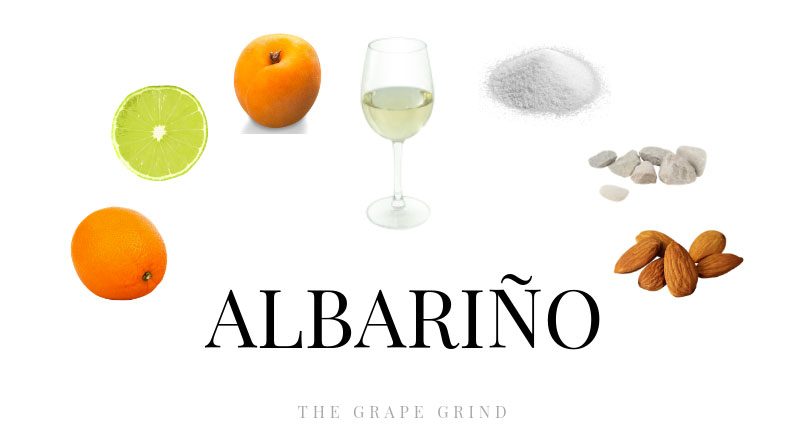
Albariño is a fantastic crisp and bright wine that pairs wonderfully with seafood. Albariño is one of Spain’s signature white wines, mainly from Rias Baixas in Galicia (which is on the northwestern coast of Spain). In Portugal, it is known as Alvarinho. Albariño wine is also produced in California and other areas in the US. Have you heard of this bright white wine? It’s finally starting to get some attention from white wine lovers. If you crave lighter, leaner, leesy, citrusy white wines, Albarino is worth learning a little about!
The following guide will illustrate what Albarino tastes like (aroma, flavor, and structure). It will also tell you where it’s from, provide you with common food recommendations, similar varieties, and let you know why you should be drinking more of it!
Albariño is very lively. There are a lot of bright, delicious aromas and flavors going on in this white wine, especially citrus and mineral!
Albariño is rarely oaked, which allows you to taste the true flavors of the grape. It can also have some “green” flavors, which make it extra crisp and clean!
Albariño may make your lips pucker a bit. It’s citrusy, minerally, and has a good amount of acid, which can make it a fantastic food wine. However, there’s generally some creaminess from the lees to round it out!
STANDARD TASTING NOTES: These are your benchmark exam-style tasting notes.
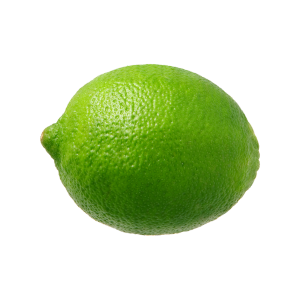





ALTERNATIVE TASTING NOTES: Notes based on personal experience; fun, memorable, and less “by the book.”

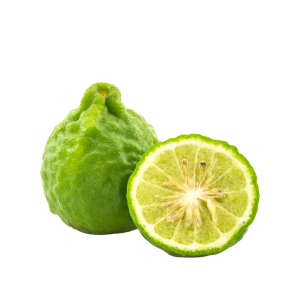

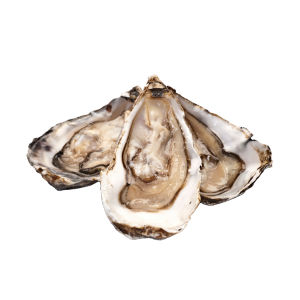


Remember, wine tastes are somewhat relative. There may be some different tasting notes you consistently find while drinking Albariño.
There is no “one size fits all” when it comes to structure for every grape, however, there IS a general range when it comes to body, acid, alcohol, and tannin for each. Below are general guidelines for classic representations. Growing conditions and winemaking techniques can impact each of the following.
Think of that weight as a liquid scale, from water (light body) to heavy cream (full body) in your mouth. Albariño is light to medium bodied.

You can judge acidity based on whether your mouth waters after you take a sip of something. The more you salivate, the higher the acid. Albariño has a good amount of acidity.

You can feel alcohol ‘burn’ the back of your throat when you take a sip. It also can contribute to the mouthfeel and “weight of the wine. Albariño is balanced in alcohol.


Primarily in Rias Baixas (Galicia)
Abariño is Spain’s most notable white grape. You will find the best and most seafood-friendly styles in Rias Baixas, which is in Galicia (also known as “green Spain”). These Albariño wines will have notes of citrus, apricot, melon, and a little saltiness from the nearby ocean! They are bright and crisp, but also have an oily smooth texture from lees (which are essentially dead yeast cells).
You can also find wonderful Albariño from The USA, Argentina, Portugal, New Zealand, and Brazil.
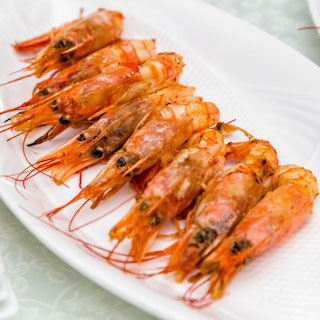
Albariño is grown mainly in coastal areas, near the ocean. It’s just begging to be paired with seafood! The crisp acidity, zesty citrus flavors, and bit of saltiness are a perfect match for all types of shellfish!

Similar to shellfish, Albariño and sushi are a fantastic pairing. There is just enough body in Albariño to hold up to the sushi rice and the salinity in the wine can tame the nori flavors.
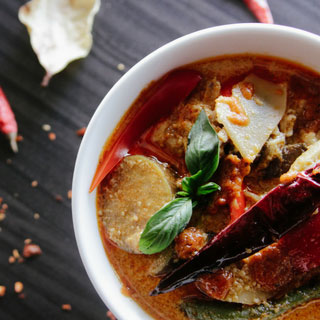
Because it’s fun! Instead of seafood, try adding some Thai or other dishes with a Caribbean flair. This zesty varietal should be able to handle all the flavor. Just make sure the dish isn’t too spicy, or it will overpower the wine.
Other Pairings: Oysters, Poultry, Vegetables, Salad, Paella, Spicy Dishes
(common confusions)
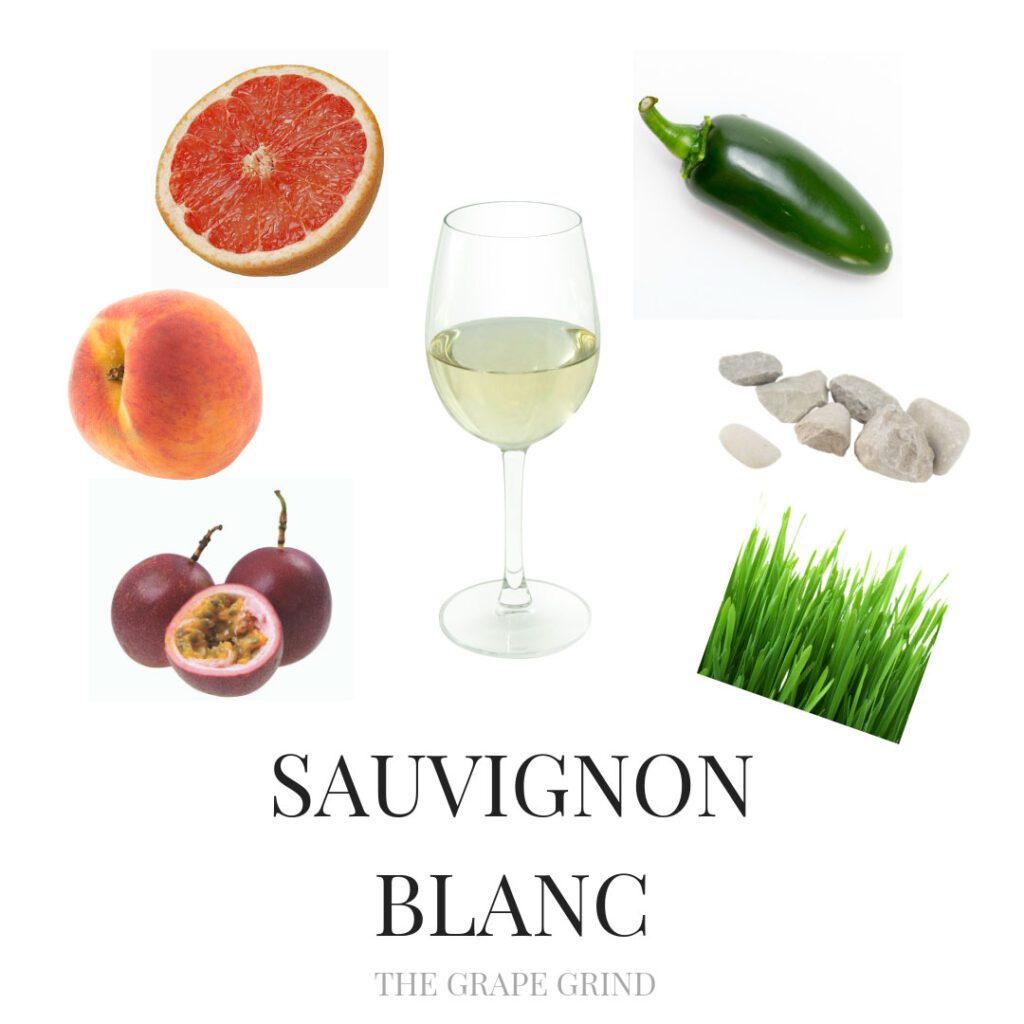
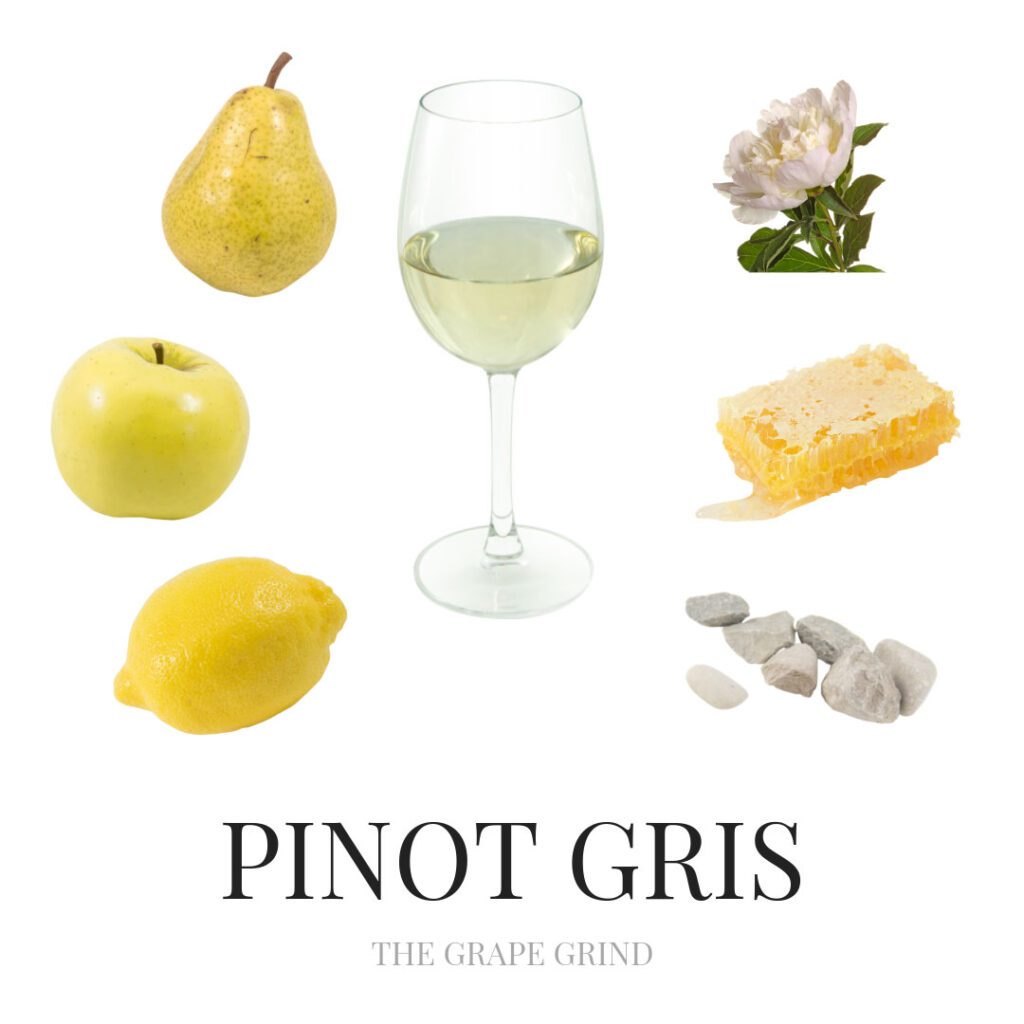
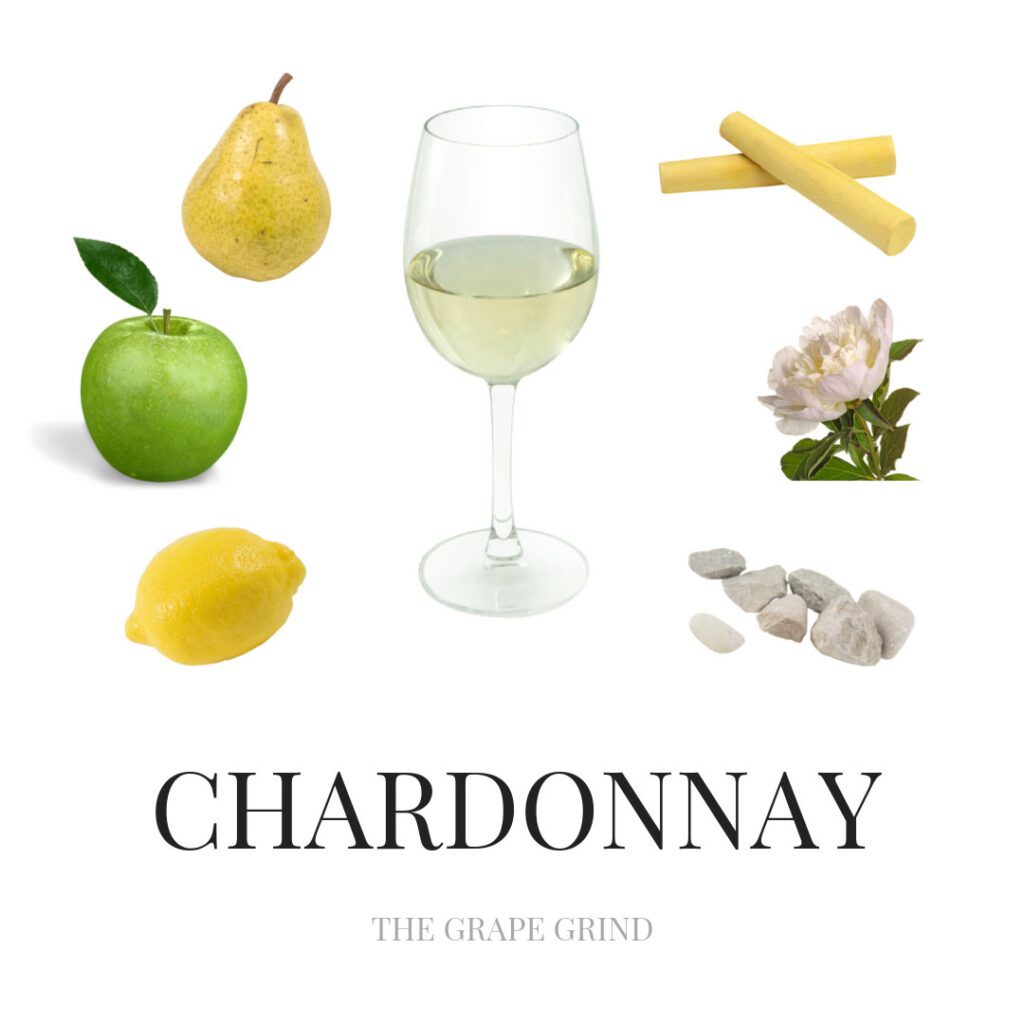
↑ Wine.com is an affiliate partner. We earn a small referral commission at no extra cost to you!. I will never recommend anything that isn’t valuable or useful in my wine study journey, or something I have no experience with. I hope these products/resources are equally helpful in your wine journey.
No matter your current skill level, we can help you improve – pass that exam, share your wine knowledge with others, guide your buyers, enhance your guests’ experience, and show up with confidence and credibility as a wine professional!
Feeling overwhelmed by everything there is to study in wine?
Struggling to stay consistent with tasting, or make it feel purposeful?
Craving connection with others who get what you’re working toward?
Let’s make studying wine less overwhelming, more consistent, and fully enjoyable!
Enter your email below to join our wine newsletter, where we share expert tips, study tools, tasting insights, and updates to support you on your wine journey!
By submitting, you are consenting to receive marketing emails from The Grape Grind. You can unsubscribe at any time.
Want to get better at tasting wine?